Phenylephrine Hydrochloride Powder
Product Details:
- Solubility Freely soluble in water and ethanol; insoluble in chloroform and ether
- Ph Level 4.5 5.5 (1% solution in water)
- Boiling point 341.1 C.
- Molecular Weight 203.67 Kilograms (kg)
- Loss on Drying 0.5% (USP specification)
- Particle Size 90% < 100 m (micronized if specified)
- HS Code 29333990
- Click to View more
Phenylephrine Hydrochloride Powder Price And Quantity
- 9000.0 INR/Kilograms
- 25 Kilograms
Phenylephrine Hydrochloride Powder Product Specifications
- 341.1 C.
- 0.5% (USP specification)
- 203.67 Kilograms (kg)
- 29333990
- Nasal decongestant, vasopressor, mydriatic (pupil dilator)
- 90% < 100 m (micronized if specified)
- White to off-white crystalline powder
- CH2-NHCH3 HCl
- Keep away from moisture
- 0.001%
- Freely soluble in water and ethanol; insoluble in chloroform and ether
- 61-76-7
- 4.5 5.5 (1% solution in water)
- (R)-1-(3-Hydroxyphenyl)-2-methylaminoethanol hydrochloride
- Pharmaceutical Intermediates
- Powder
- 143 C 145 C
- 99.0% (as per USP/BP standards)
- 4 Years
- C H NO HCl
- 200-510-5
- Medicine Grade
- Bitter
- Phenylephrine Hydrochloride
- No Smell
Phenylephrine Hydrochloride Powder Trade Information
- Mumbai Port
- Cash Against Delivery (CAD), Cash Advance (CA), Cash in Advance (CID), Days after Acceptance (DA), Letter of Credit at Sight (Sight L/C), Letter of Credit (L/C)
- 100 Kilograms Per Day
- 7 Days
- No
- Free samples are available
- Drum Packing
- North America, South America, Eastern Europe, Asia, Australia, Central America, Western Europe, Middle East, Africa
- All India
- WE PROVIDES ALL KIND OF CERTIFICATIONS AS YOU REQUIRED
Product Description
Phenylephrine Hydrochloride Properties:
- CAS Number: 61-76-7
- Name: Benzenemethanol, 3-hydroxy--[(methylamino)methyl]-,hydrochloride (1: 1), (aR)-
- Superlist Name: Phenylephrine hydrochloride
- Formula: C9H14ClNO2
- Molecular Weight: 203.6
- Synonyms: L(-)-Phenylephrine hydrochloride;(R)-(-)-1-(3-Hydroxyphenyl)-2-methylaminoethanol hydrochloride;3-Hydroxy-alpha-(methylaminomethyl)benzyl alcohol;
- EINECS: 200-517-3
- Melting Point: 143-145 C(lit.)
- Boiling Point: 341.1 C at 760 mmHg
- Flash Point: 163.4 C
- Appearance: White to almost white crystalline powder
- Risk Codes: 22-36/37/38
- Safety: 26-36-37/39 Details
- Transport Information: UN 3249
Common side effects when taken by mouth or injected include nausea, headache, and anxiety. Use on hemorrhoids is generally well tolerated. Severe side effects may include a slow heart rate, intestinal ischemia, chest pain, kidney failure, and tissue death at the site of injection. It is unclear if use during pregnancy or breastfeeding is safe.
Phenylephrine Hydrochloride Powder is a synthetic sympathomimetic amine primarily used as a decongestant, vasopressor, and mydriatic agent. Below is a detailed description of its properties, uses, and characteristics:
1. Chemical Identity
-
Name: Phenylephrine Hydrochloride
-
Chemical Formula: CHNOHCl
-
Molecular Weight: 203.67 g/mol
-
CAS Number: 61-76-7
-
Structure:
-
Phenylephrine is a derivative of phenylethanolamine, structurally similar to epinephrine.
-
It has a hydroxyl group on the benzene ring and a hydrochloride salt form for stability and solubility.
-
2. Physical Characteristics
-
Appearance: White to off-white crystalline powder
-
Solubility: Freely soluble in water and alcohol
-
Odor: Odorless
-
Taste: Slightly bitter
-
Melting Point: Around 143145C
3. Pharmacological Action
Phenylephrine is an 1-adrenergic receptor agonist, meaning it stimulates alpha-1 receptors leading to:
-
Vasoconstriction: Constriction of blood vessels, increasing blood pressure
-
Decongestion: Reduces swelling in nasal passages
-
Mydriasis: Dilation of pupils (when used ophthalmically)
4. Applications
A. Medical Uses
-
Nasal Decongestant: Commonly used in over-the-counter (OTC) cold medications
-
Hypotension Treatment: Maintains blood pressure during anesthesia or shock
-
Ophthalmic Agent: Used to dilate pupils during eye exams
-
Hemorrhoid Treatment: As a vasoconstrictor in topical preparations
B. Pharmaceutical Formulations
-
Tablets and Capsules
-
Nasal Sprays
-
Injectable solutions
-
Ophthalmic drops
-
Topical creams
5. Mechanism of Action
Phenylephrine acts on 1-adrenergic receptors on vascular smooth muscle, causing vasoconstriction, which:
-
Reduces mucosal edema in nasal passages
-
Increases systemic vascular resistance and blood pressure
-
Reduces conjunctival congestion when applied to eyes
6. Storage Conditions
-
Store in a tightly closed container
-
Keep in a cool, dry place away from direct light and moisture
-
Stability may be affected by exposure to air or humidity
7. Safety and Handling
-
Use personal protective equipment (PPE) when handling in raw powder form
-
Avoid inhalation, ingestion, or contact with skin and eyes
-
Refer to the Material Safety Data Sheet (MSDS) for detailed safety guidelines
8. Side Effects (When Used in Medication)
-
Hypertension (high blood pressure)
-
Reflex bradycardia (slow heart rate)
-
Headache
-
Restlessness or insomnia
-
Local irritation (for nasal/eye use)
9. Regulatory Status
-
Listed in pharmacopeias: USP, BP, EP, etc.
-
Controlled substance status: Not a controlled substance, but regulated due to its pharmacological effects

Price:
- 50
- 100
- 200
- 250
- 500
- 1000+

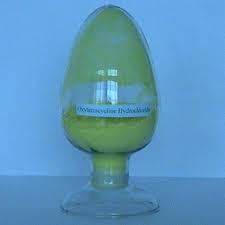
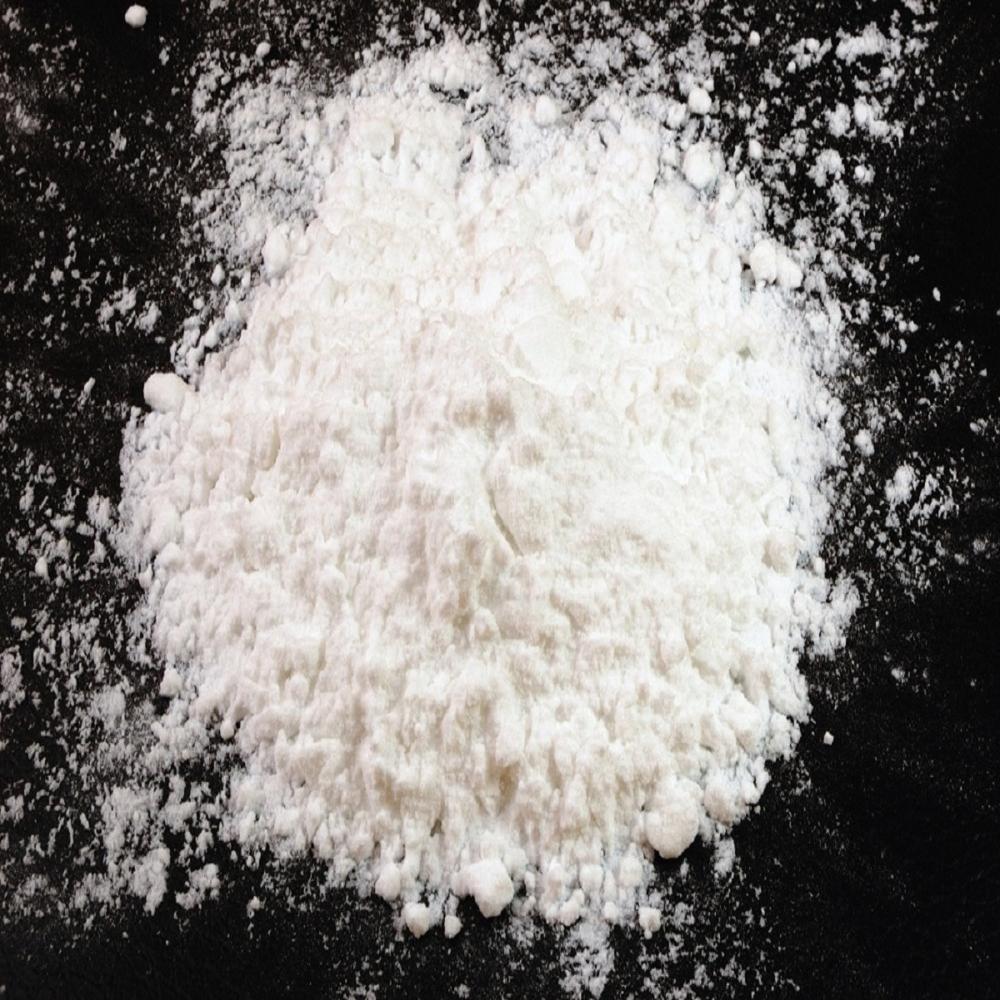
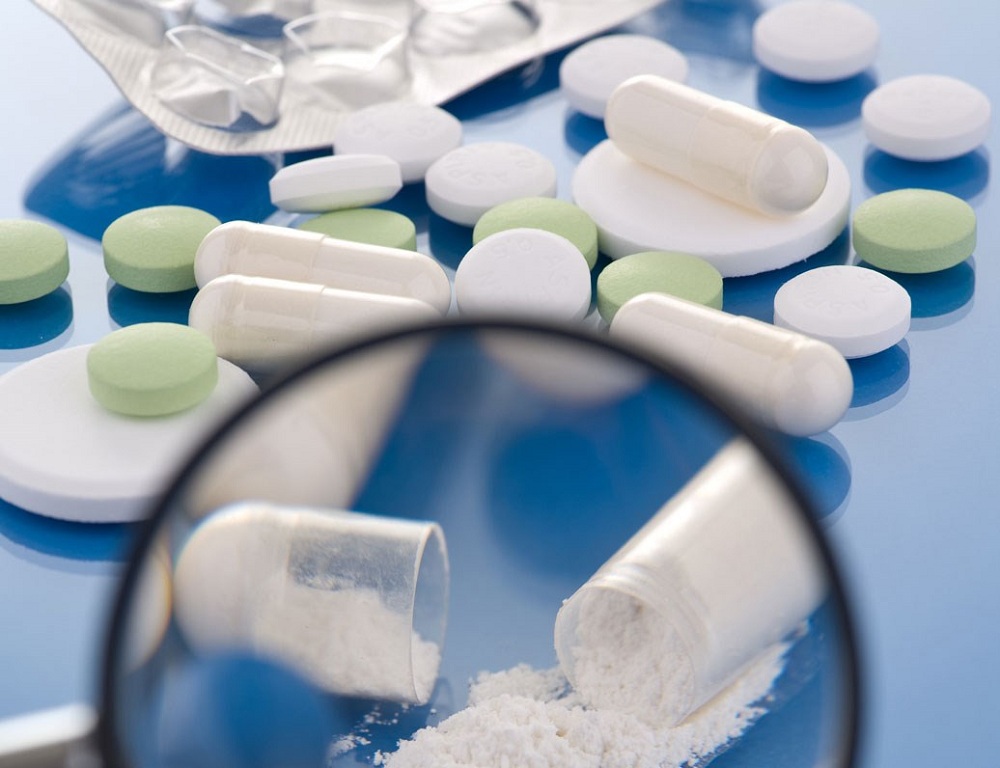
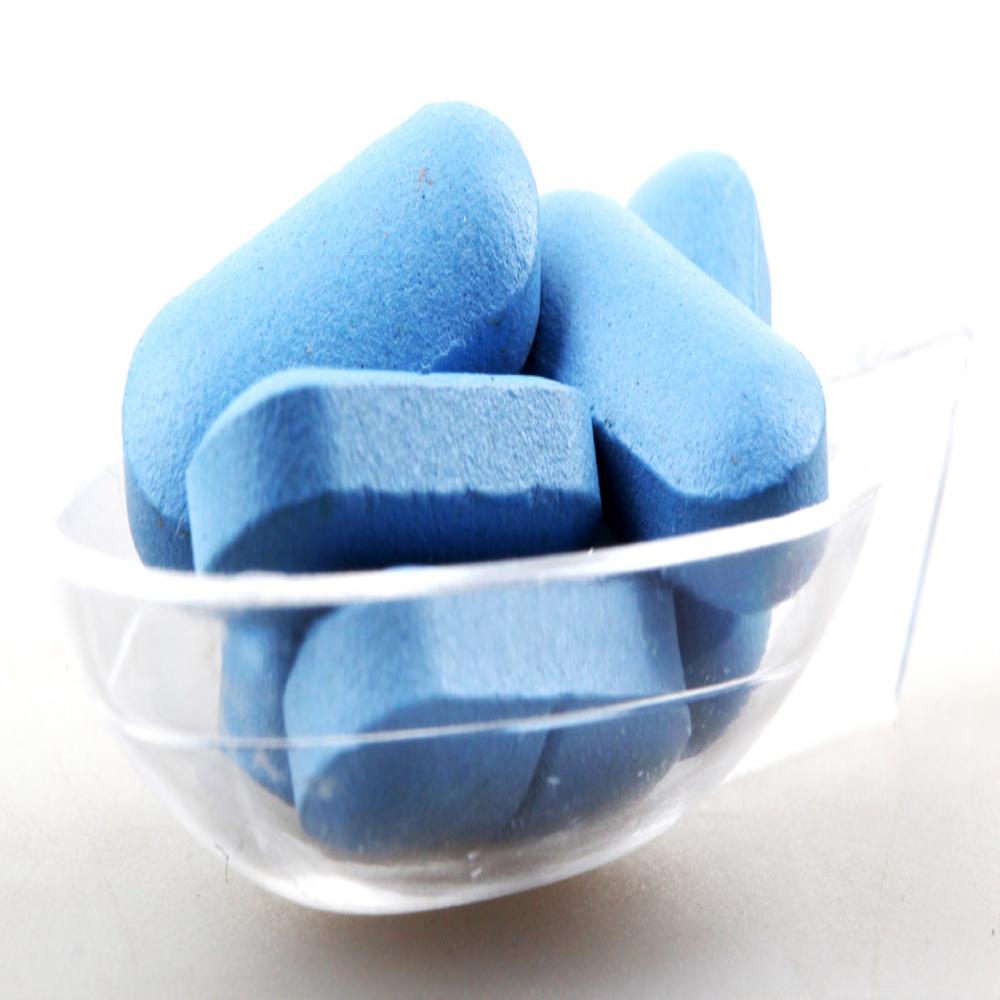








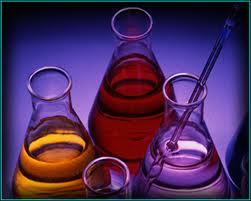
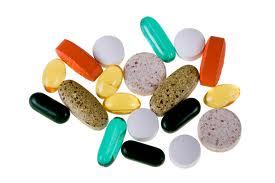
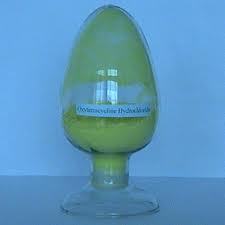
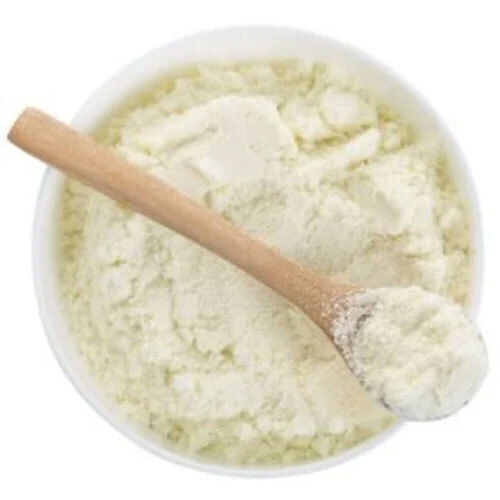
 : nilesh.sheth70
: nilesh.sheth70
